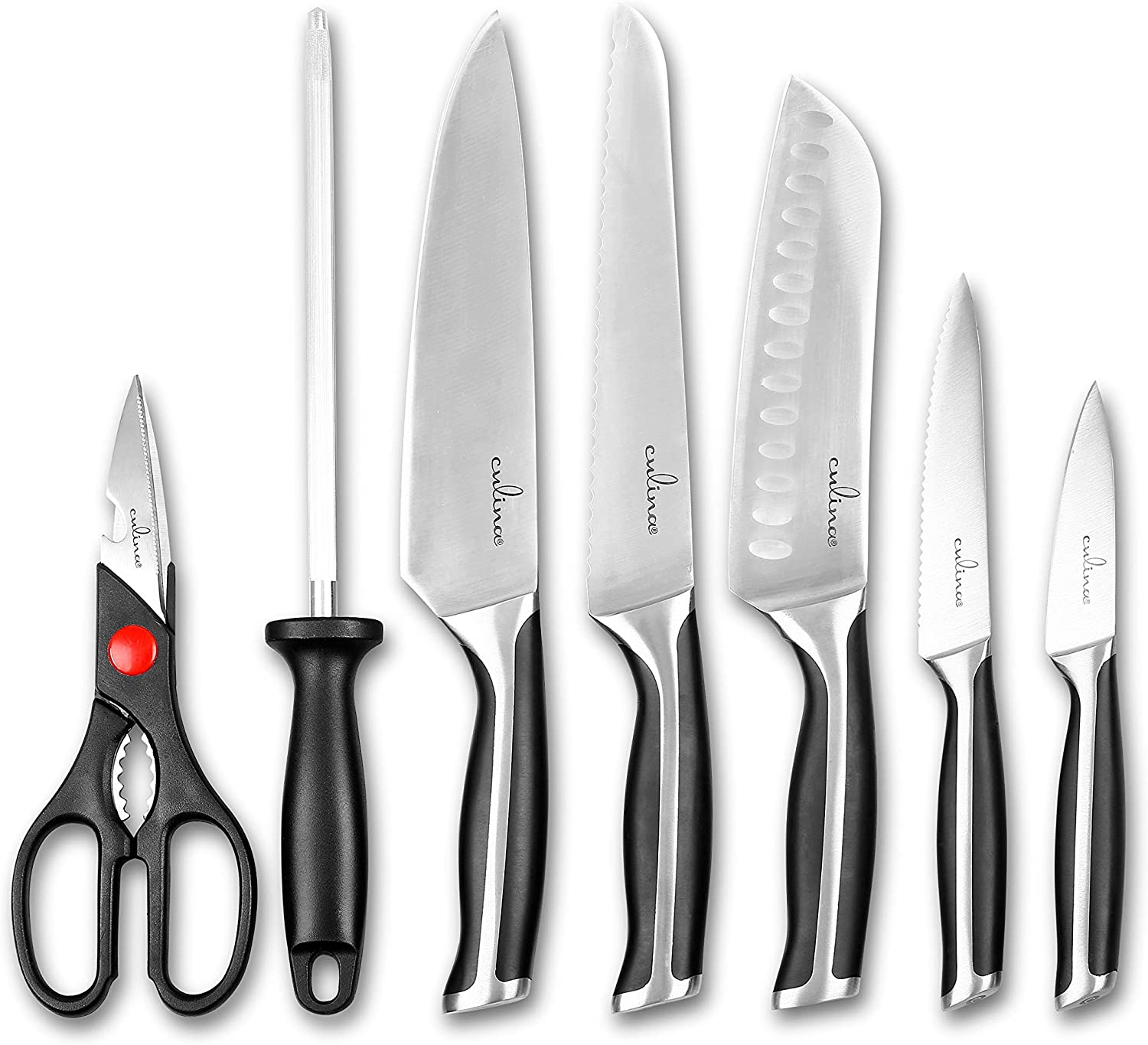If you’ve ever wondered, what is a meat tenderizer, you’ve come to the right place. Meat tenderizers are an essential tool in the kitchen, especially for those who love to cook chicken, steak, and various other types of meat. In this article, we will explore the ins and outs of meat tenderizers, their types, and how they work. Get ready to learn about the technology behind these approved kitchen tools and how they can help you create the perfect meal.

Understanding Meat Tenderizers
What is a Meat Tenderizer?
A meat tenderizer is a tool or substance used to soften the texture of meat, making it easier to chew and digest. By using a meat tenderizer, you can transform tough cuts of meat into delicious, tender meals.
Types of Meat Tenderizers
- Pounders: These are tools with a heavy, flat surface used to pound the meat and break down its fibers.
- Marinades: These are flavorful liquids that contain acidic ingredients, such as vinegar or citrus juice, which help to soften the meat.
- Commercial Tenderizers: These are powdered substances that contain enzymes, such as papain or bromelain, which work to break down the protein fibers in the meat.

Benefits of Using a Meat Tenderizer
Improved Texture
Meat tenderizers help to improve the texture of meat by breaking down the tough fibers, making it more enjoyable to eat.
Enhanced Flavor
Using a meat tenderizer can also enhance the flavor of your meat, as it allows marinades and seasonings to penetrate deeper into the meat.
Even Cooking
When the meat is tenderized, it cooks more evenly, ensuring that every bite is cooked to perfection.

How to Use a Meat Tenderizer
Using a Pounder
To use a pounder, place the meat on a flat surface and cover it with plastic wrap. Use the pounder to gently flatten the meat, working from the center outward.
Applying Marinades
To use a marinade, simply place your meat in a container and cover it with the marinade. Allow the meat to soak for at least 30 minutes, or up to several hours, depending on the recipe.
Utilizing Commercial Tenderizers
To use a commercial tenderizer, sprinkle the powder evenly over the surface of the meat. Allow it to sit for the recommended amount of time before cooking.
Exploring Different Cuts of Meat
Chicken Cuts
Chicken can benefit greatly from the use of a meat tenderizer, particularly tougher cuts like thighs and drumsticks.
Beef Cuts
Tough cuts of beef, such as flank steak or chuck roast, can be transformed into tender, delicious meals with the use of a meat tenderizer.
Pork Cuts
Pork chops and other cuts of pork can also benefit from tenderizing, making them more palatable and enjoyable.
Tenderizer vs. Marinade: Which is Better?
Both meat tenderizers and marinades have their own unique benefits. Tenderizers work quickly to break down proteins, while marinades also add flavor. The best method depends on your specific needs and preferences.
Precautions When Using Meat Tenderizers
Avoid Over-Tenderizing
Be careful not to over-tenderize your meat, as this can result in a mushy texture.
Proper Cleaning
Always clean your meat tenderizer thoroughly after use to prevent the spread of bacteria.
Meat Tenderizers and Chicken Lovers
Perfect Chicken Every Time
Using a meat tenderizer ensures that your chicken dishes come out perfectly cooked and tender every time.
Recipe Inspiration
- Try using a meat tenderizer when cooking chicken leg quarters. For more on how to cook them perfectly, check out this article.
- Explore different techniques for cooking chicken livers in an air fryer with this guide.
- Learn about the ideal cooking times for anytizers chicken fries in an air fryer with this helpful resource.
Why Tenderizing is Important
Tenderizing meat is crucial for improving its texture, flavor, and overall cooking experience. By breaking down the tough fibers, you can create dishes that are more enjoyable to eat and easier to digest. Learn more about the importance of tenderizing meat on this external link.
Technology Behind Meat Tenderizers
Modern meat tenderizers utilize advanced technology to deliver consistent results. From innovative designs to powerful enzymes, these tools make it easier than ever to achieve perfectly tender meat.
Approved Methods for Tenderizing Meat
Mechanical Tenderizing
This method involves using tools like pounders or meat mallets to physically break down the protein fibers in the meat.
Enzymatic Tenderizing
This method uses natural enzymes, such as those found in papaya or pineapple, to break down the proteins in the meat.
Marinating
Marinating meat in an acidic liquid, such as vinegar or citrus juice, can also help to tenderize the meat while adding flavor.
Expert Tips for Tenderizing Meat
For the best results, follow these expert tips when tenderizing meat:
- Use a sharp knife to score the meat before tenderizing to help the tenderizer penetrate deeper.
- Be gentle when using a pounder, as excessive force can damage the meat.
- Allow the meat to rest after tenderizing to let the fibers relax and absorb the flavors.
FAQ
Q: Is it necessary to use a meat tenderizer?
A: While not always necessary, using a meat tenderizer can significantly improve the texture and flavor of tougher cuts of meat.
Q: Can I over-tenderize meat?
A: Yes, over-tenderizing can result in a mushy texture. Be sure to follow the recommended guidelines for your specific tenderizing method.
Q: Are meat tenderizers safe to use?
A: When used properly and cleaned thoroughly, meat tenderizers are safe to use and can enhance your cooking experience.
As an Amazon Associate, I earn from qualifying purchases.








